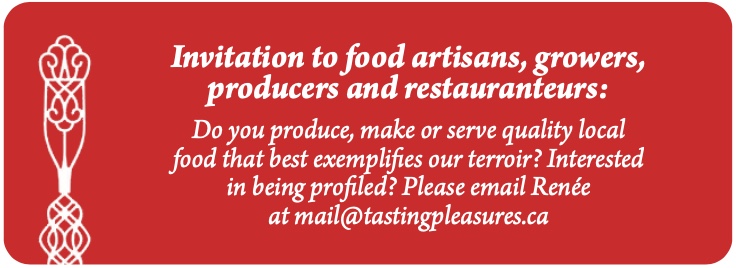White Wine Essentials for the Summer
Did you know that the main difference between red and white isn’t the colour? It’s the vinification process. While red grapes are crushed and fermented with their skin, pulp and all, white wine is pressed, leaving only the juice to be fermented at a cooler temperature. As a result, white wine has virtually no tannin – that drying component you feel when drinking a full-body red wine or eating a green banana. Instead it displays high acidity. Whites are thus simpler than reds to make (generally speaking) and are available in stores near months after harvest.
White wines can be light and ethereal or downright intense and commanding depending on the grape varietal they are made with, the climate they are grown in, and the vinification process they are subjected to. In fact, white wines can be as complex and amazing as the reds. The aromatics associated with white wines include white or yellow fruits and berries such as lemon, lime, orange, grapefruits, gooseberries, peaches, melons, apples and fresh herbs.
When shopping for white wines, look for countries or regions with cool climates. That is where white grapes grow best (Yes, Canada does fine whites). Warmer regions that make big, bold reds may struggle to make crisp wines offering instead flabby concoctions.
During the summer, our go-to dishes are shifting from tasty slowly cooked, intensely savoury food to lighter, fresher styles, including greens, grilled or fresh vegetables and delicate meats, fruits, young cheeses and fresh tomato everything. Heavy, hearty red wines would drown those dishes and clash with them. However, white wines will bring freshness to the same food, complementing their flavours by adding their citrusy qualities to them.
You can more or less classify white wine into three categories; light, intense and aromatic. Light wines are naturally high in acidity and are refreshing and delicate in flavours. They are made with grapes such as Trebbiano, Pinot Grigio, Pinot Blanc, Albarino and unoaked chardonnay. They are quintessential “patio wines” and are delightful with lemon-based vinaigrettes, delicate seafood, light fish, fresh young cheeses and simple greens and vegetable dishes. Think of those wines as a “wedge of lemon” for your dish.
Heavier whites deal well with richer food such as roasted chicken, pork roast, grilled vegetables and heavier salads such as Caesar salads. They are also a match to the vegetarian lasagna, cod, and grilled vegetables and meats. Their intense white fruits, herbal hints and often bracing acidity add dimension to the dish while cleansing your palate and preparing it for the next bite. Think oaky chardonnay, whites from Côte du Rhône (Marsanne, Roussanne and Viognier grapes), Sauvignon Blanc, Riesling, Chenin Blanc and Vermentino.
Then there are the “aromatic whites.” That category of wine is fascinating – often described as “perfumed in a glass”, those wines impart intense aromas of flowers, spices such as ginger, tropical fruits, and citrus, to name a few. They are a pleasure on the nose and on the palate. Wonderful on their own, they go well with spicier, complex food such as Asian or Mediterranean dishes and in salads that feature mangos, melons, oranges and the sort. They are bolder in flavours, more likely to be lower in acidity and in alcohol, and they often have residual sugar. This explains why they counter spices and sweetness in the food so well. Try wines made with grapes such as Gewurztraminer, Muscat (Muscato in Italy), Viognier, Torrontes, Riesling and New Zealand Sauvignon Blanc. Note that some of these grape varietals also feature in the full body category mentioned above.
I invite you to consider your go-to cuisine this summer and match it with one of the three categories of white wine described above. Remember to serve the wines at their respective temperature. Light wines are best chilled to about 8 to 10°C, and heavier and aromatic wines are fine at 12 to 14°C. To put these temperatures in perspective, your fridge is at 5°C. To illustrate the importance of temperature, next time you have guests over, try this practical joke on them. Serve them “two mystery” wines (which will actually be the same wine). Serve the first glass at room temperature (i.e. 20°C) and the second at the cooler temperature (say 10°C). Ask them which wine they prefer and get the conversation going.
Cheers!
Renée Delorme
Sommelier
www.tastingpleasures.ca
403.200.9961
mail@tastingpleasures.ca
Indulge in the pleasures of private tastings



























